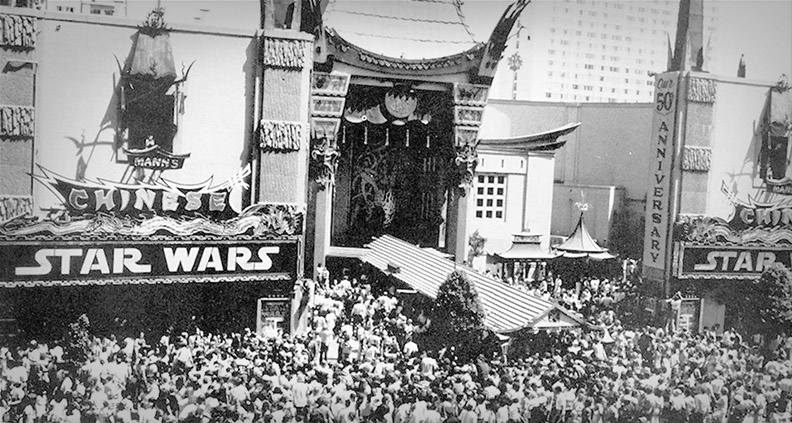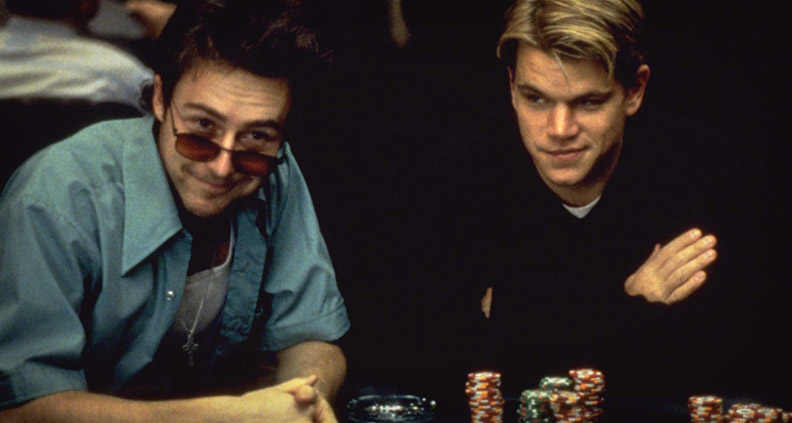The Great Schism: When Indie Movies and Hollywood Blockbusters Stop Being the Same Thing
As film fans we don’t always realize the impact our (seemingly passive) viewing habits have in determining the fate of the medium we all love so dearly. But really, when you see me curled up on the couch endlessly scrolling through a carousel of streaming options on my digital platform of choice, you’re not just witnessing the sad decline of a Netflix-addicted agoraphobe. You’re also seeing—in microcosm—the consumer demographic whose every entertainment choice is, as we speak, dictating the future of an art form created over 100 years ago by a tungsten-obsessed genius with a propensity for electrocuting elephants.
And as the all-powerful shaper of the movie industry’s future, the question I ask myself most often is: how are my viewing habits contributing to the inevitable schism between Hollywood blockbusters and the independent film world? Now, this isn’t a question most normal people ask. Normal people don’t interrogate thoughts around their own viewing habits at all. But as movie geek and casual observer of industry trends, it’s become obvious—to me, at least—that what we currently think of as “film” is in the process of splintering off into two wildly diametric art forms with little relationship to one another.

On one side: big-budget studio movies made for broad international audiences and designed to maximize the sheer sonic and visual spectacle afforded by King Kong-sized IMAX screens. On the other: low budget indie features of modest length and technical ambition borne of their makers’ personal sensibilities and aimed (or at least marketed to) niche audiences on streaming sites and VOD. Right now we still consider both of these things “movies”—but for how long?
Likely the biggest reason for this polarity is the much-ballyhooed disappearance of the $40 million “grown-ups” picture from the current Hollywood ecosystem. For decades it was commonplace (and totally taken for granted) that modestly budgeted, middlebrow movies—rom-coms, adult dramas, moderately reputable genre films, etc.—featuring major stars would share exhibition real estate with whichever bajillion-dollar CGI epic was currently vying for hit summer blockbuster status. But now studios are making fewer, bigger movies, which are increasingly reliant on preexisting IP and overseas box office success. These gonzo-sized movies have completely subsumed the middle tier, like a greedy fetus freakishly absorbing its own twin in utero; and as the middle-tier disappears, so too vanishes the closest familial link between the modern blockbuster and indie film.

Imagine these two types of movies are different dog breeds: one an enormous English sheepdog with an overzealous tongue, a little too eager to please, the other a toy Chihuahua, ever vigilant and wholly unapologetic in its own yappy, miniature canine way. If you were an alien who came to this planet from outer space (and hadn’t done any research about domestic animal ownership), would you ever assume that these two creatures have any sort of biological relationship? It’s not an assumption you’d include in your reports back to planet Bleep-Blorp.
The formal evolution and cultural ascendancy of limited-run TV (and of Netflix-style full-season programming dumps) has also muddied the waters of how we categorize content, creating an anarchic ooze of on-demand entertainment that tends to run together into one big, messy blur. An indie like Patrick Kack-Brice’s 2015 farce The Overnight feels in its tone, form and aesthetic very much like an extra-long episode of a raucous TV comedy that doesn’t actually exist, while a season of Amazon’s Catastrophe, easily digestible in a single sitting, often feels like the best indie film relationship drama Joe Swanberg has yet to actually make.

I should be clear: I am in no way troubled by this impending schism. But I do think that it’s important to recognize that at a certain point, it’s no longer useful to consider both Queen of Earth and The Avengers within the same category of artifact laboring under the same set of evaluative criteria—it’d be a little like comparing a watercolor of an apple to an opera about an orange. Not a value judgment, but a necessary (and healthy) leap in simple taxonomy.
So the next time you ponder how to best allot your free time and errant luxury dollar, just know that whatever decision you make is ultimately working to push these two poles apart by precious millimeters. You can, of course, continue to like both. But any action you take is invariably changing the cinematic paradigm. Not bad for a quiet night spent on the couch under an avalanche of friendly fur.
To learn more about Film Independent, subscribe to our YouTube channel or follow us on Twitter and Facebook. You can read the rest of our blog here. To learn how to become a Member of Film Independent, just click here.